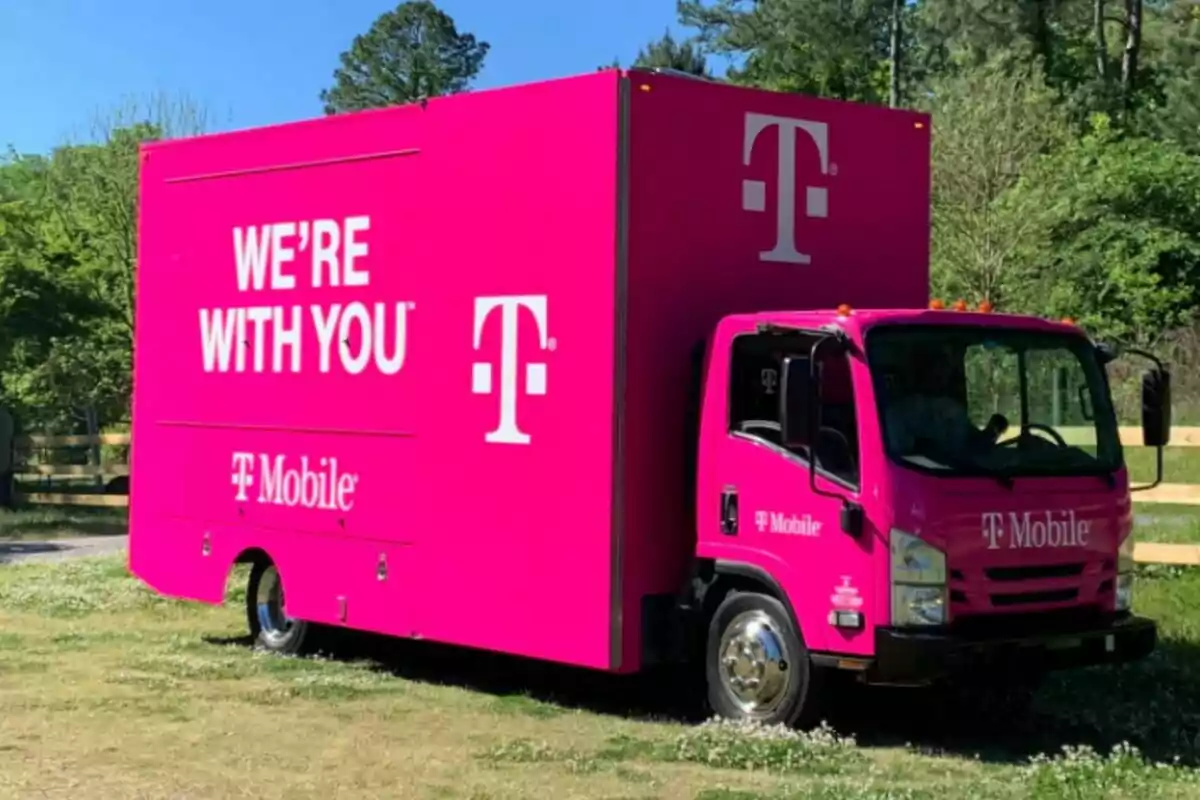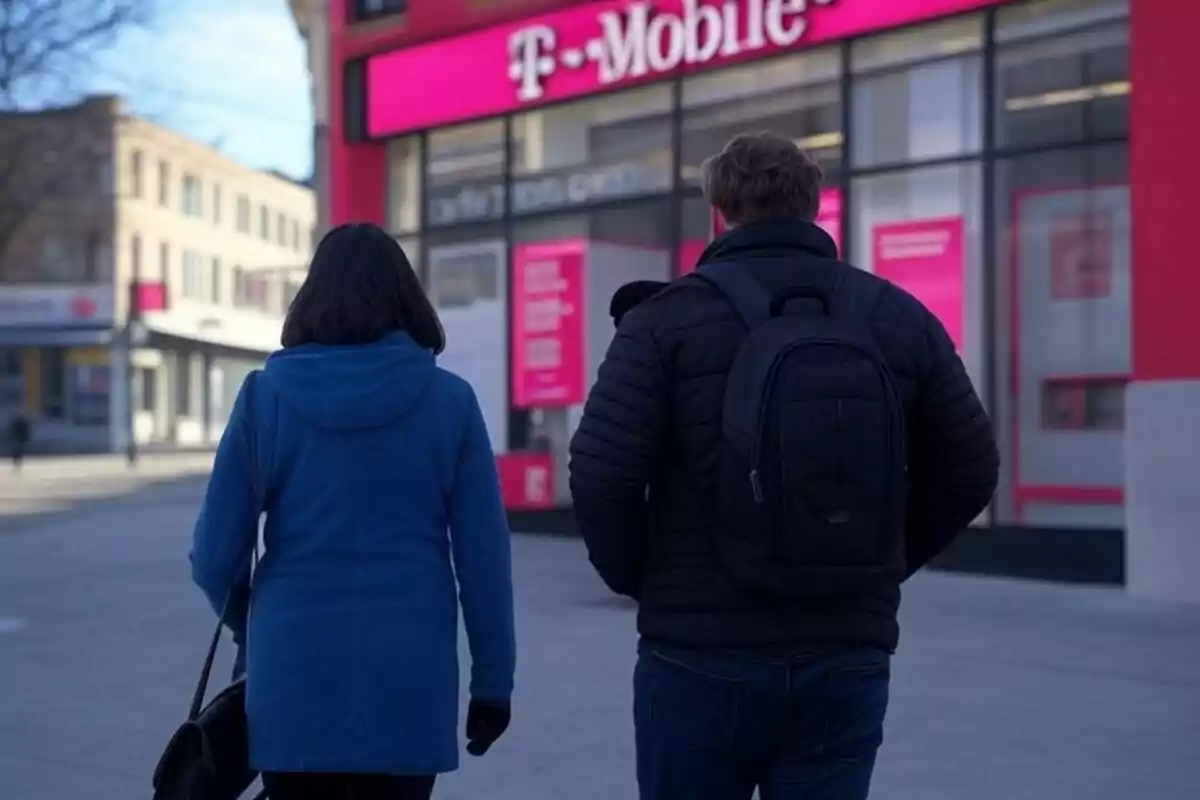
U-turn at T-Mobile: Customers are ecstatic with this madness
T-Mobile went through a very delicate moment, but it knew how to recover after modifying its strategy with users
In the competitive world of telecommunications, few companies have achieved a transformation as impactful as T-Mobile. In the early 2010s, the company seemed destined to remain in the shadow of the industry's giants. However, it surprised everyone with a quick, bold response focused on what truly matters: the customer.
In 2011 it was going through one of its worst moments. It had fallen behind in the technology race. It didn't have the iPhone, which was the flagship device at the time, and had just seen its merger attempt with AT&T fail.
The company lost millions of customers, and many considered it out of the market. But instead of giving up, T-Mobile decided to do the opposite: reinvent itself. This decision marked the beginning of a new chapter in its history, where active listening and innovation became essential pillars.

The arrival of John Legere as CEO marked a turning point. With an unconventional, challenging, and approachable style, he decided to break with everything established. His goal wasn't just to improve the numbers but to change the customer's perception and offer something different from what already existed in the market.
The changes T-Mobile undertook
Under this new strategy, T-Mobile implemented several key actions. First, it eliminated long-term contracts. That allowed users to have more freedom and leave whenever they wanted, without penalties.
It offered simpler and more affordable alternatives than its competitors. To do this, it provided real unlimited plans and competitive prices.
There is also a need to mention the expansion of coverage in rural areas. Where there was little service before, T-Mobile invested to reach more people.

Within the company, the rigid structure was left behind, and a more agile, modern, and approachable organization was embraced. These measures not only improved services but completely changed the relationship with users. The message was clear: the operator listens, understands, and responds.
It knew how to adapt to market needs
Thanks to this transformation, T-Mobile went from being a secondary player to competing head-to-head with the industry's giants like Verizon and AT&T. In 2020, it surpassed AT&T in the number of customers and established itself as one of the most beloved mobile operators by Americans.
This success wasn't just due to bold business decisions but to a very clear idea: adapting to the customer. In an environment where the rules constantly change, T-Mobile proved that listening and acting quickly can make all the difference.
More posts: